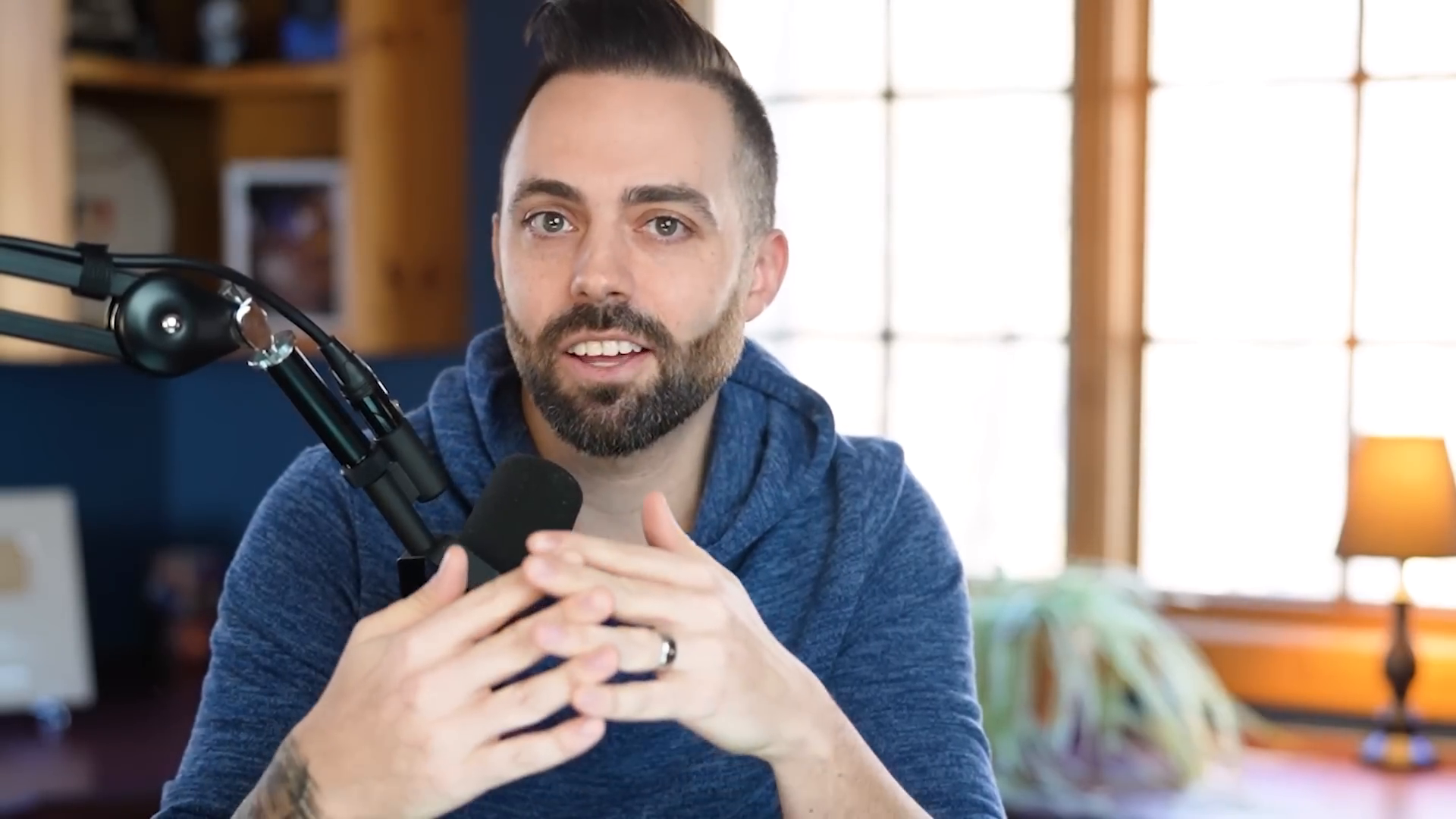Intro 📚
Starting a blog that generates income is an exciting journey, and 2024 is the perfect time to dive in. With the right strategies and insights, anyone can transform their passion for writing into a profitable blogging business. This guide will cover essential steps to help you establish a successful blog, attract traffic, and ultimately monetize your content effectively.
Getting Traffic 🌐
Traffic is the lifeblood of any blog. Without visitors, your content cannot generate income. There are various methods to drive traffic to your blog, including organic search, social media platforms like Pinterest, Twitter, and LinkedIn. It’s important to create content that appeals to both users and search engines.
When creating content, focus on two main types of articles:
- Informational Articles: These articles help readers find answers to their questions. Examples include "How to build a shed" or "How to plant strawberries."
- Transactional Articles: These articles are geared towards product recommendations. For instance, "Best golf clubs" or "Best credit cards."
By understanding the needs of your audience, you can create content that ranks well on Google, leading to increased traffic and potential revenue.

Finding Monetizable Content 💰
Identifying content that can be monetized is crucial for your blogging success. Focus on topics that not only interest you but also have the potential for affiliate marketing or advertising revenue. Research successful blogs in your niche to see what types of content are driving traffic and income.
Tools like Ahrefs can help you analyze keyword rankings and traffic potential. Look for keywords with lower competition to find gaps in the market that you can fill with your content.

Search Intent Mastery 🔍
Understanding search intent is key to creating content that resonates with your audience. There are three main types of search intent:
- Informational Intent: Users are seeking information (e.g., "How to lose weight").
- Transactional Intent: Users are looking to make a purchase (e.g., "Best laptops for graphic design").
- Navigational Intent: Users want to find a specific website (e.g., "Facebook login").
When crafting your content, ensure that it aligns with the search intent. For instance, if you're writing about the best laptops, include comparisons and specifications that potential buyers would find helpful.

Content Assembly Line 🏭
To scale your blogging efforts, consider implementing a content assembly line approach. This system allows you to produce high-quality content efficiently. Here’s how to structure your articles:
- Start with a catchy introduction that hooks the reader.
- Use headings (H2, H3) to organize your content and make it scannable.
- Include a list of products or steps, making sure to cover all bases for your audience.
- Conclude with a summary or call to action.
This method not only improves productivity but also ensures that your articles are comprehensive and valuable to readers.

Blog Monetization 💵
There are several ways to monetize your blog, including:
- Affiliate Marketing: Promote products and earn commissions on sales generated through your links.
- Ad Revenue: Utilize ad networks like Google AdSense or Mediavine to earn money from display ads.
- Sponsored Content: Collaborate with brands to create sponsored posts or reviews.
- Sell Courses or Services: Create and sell your own courses or offer consulting services.
The key is to diversify your income streams to create a sustainable blogging business.

Exactly What To Do In 2024 🗓️
As you plan your blogging strategy for 2024, here’s a step-by-step action plan:
- Choose your niche based on your expertise and market demand.
- Conduct thorough keyword research to find low-competition topics.
- Create a content calendar and aim for a consistent posting schedule.
- Optimize your content for SEO and ensure it serves the user’s search intent.
- Implement monetization strategies as your traffic grows.
By following these steps, you can build a successful blog that not only generates traffic but also income. Remember, consistency and continuous learning are vital for long-term success.




